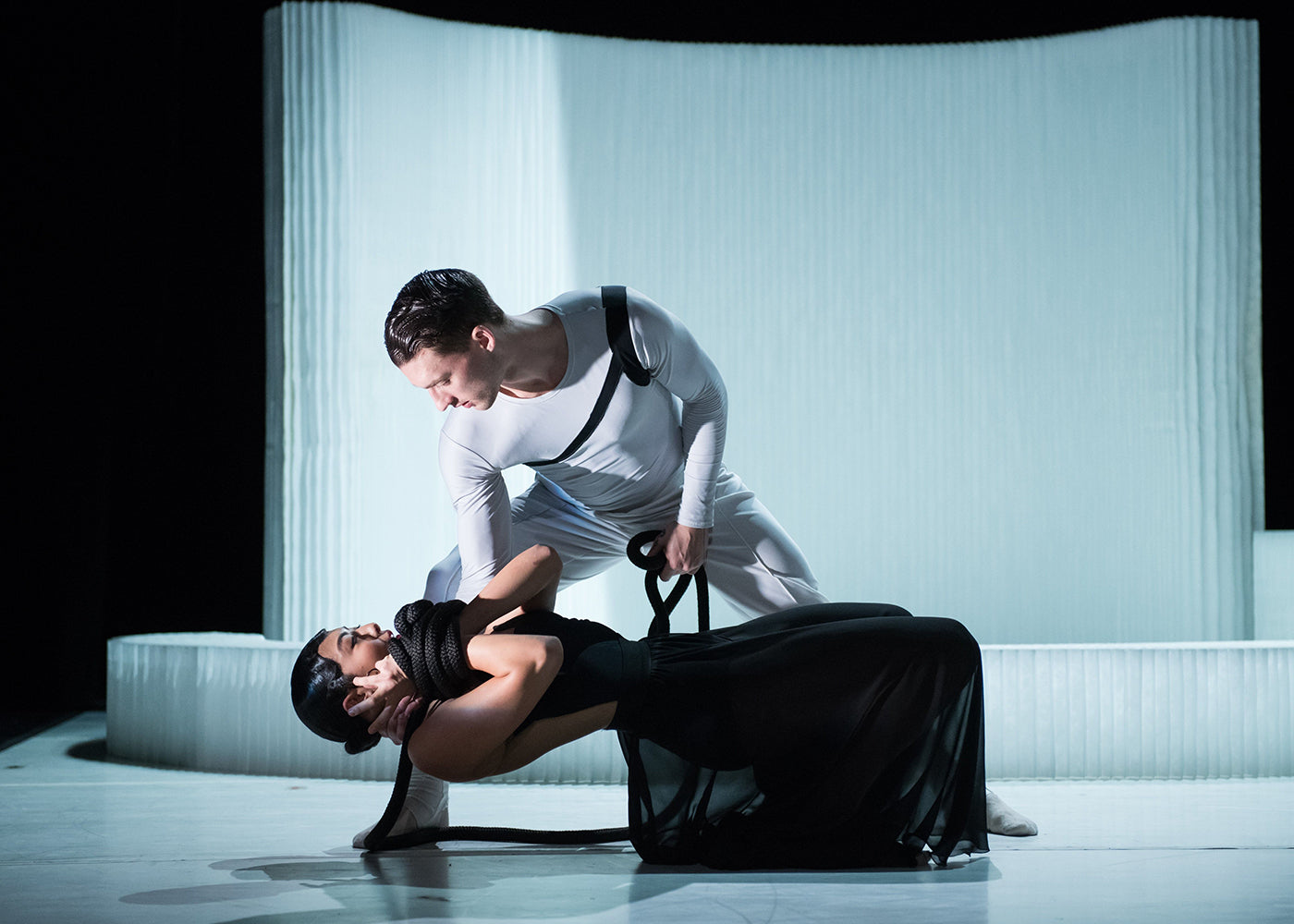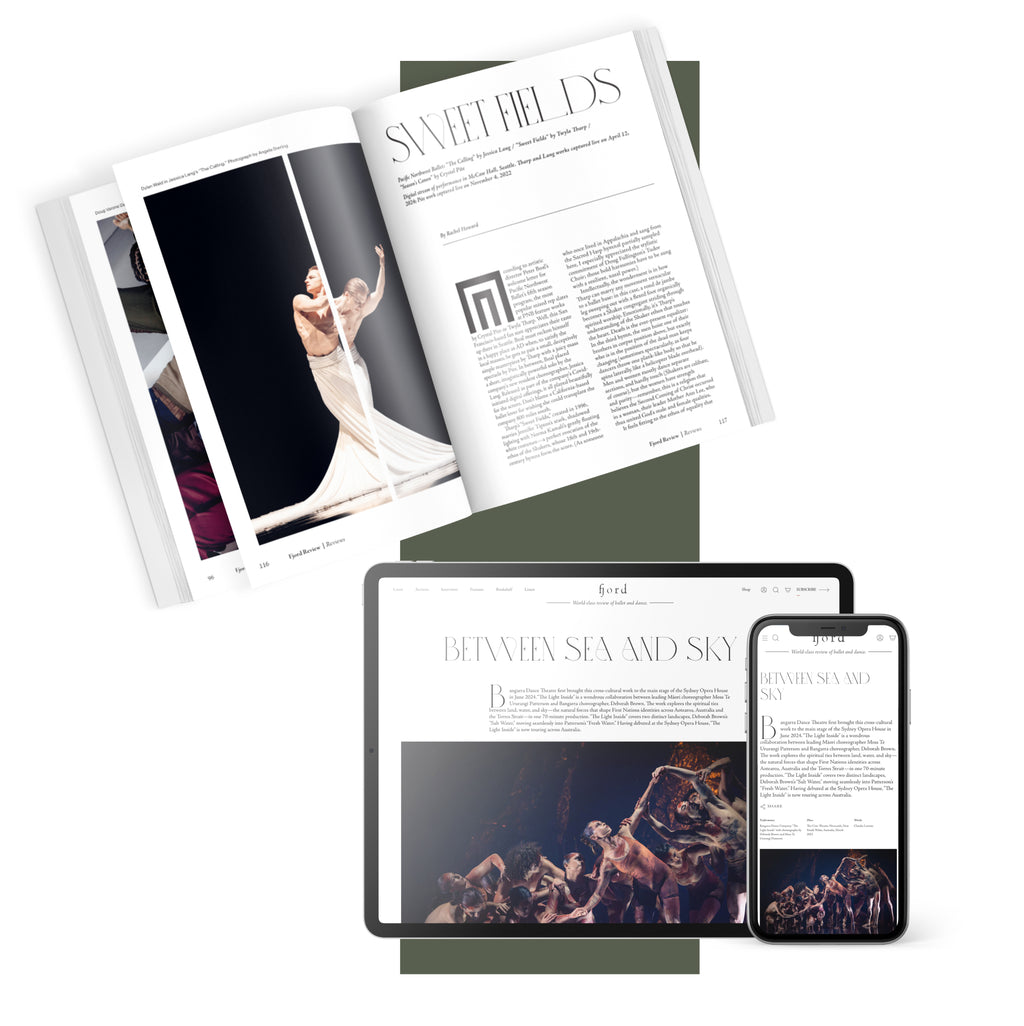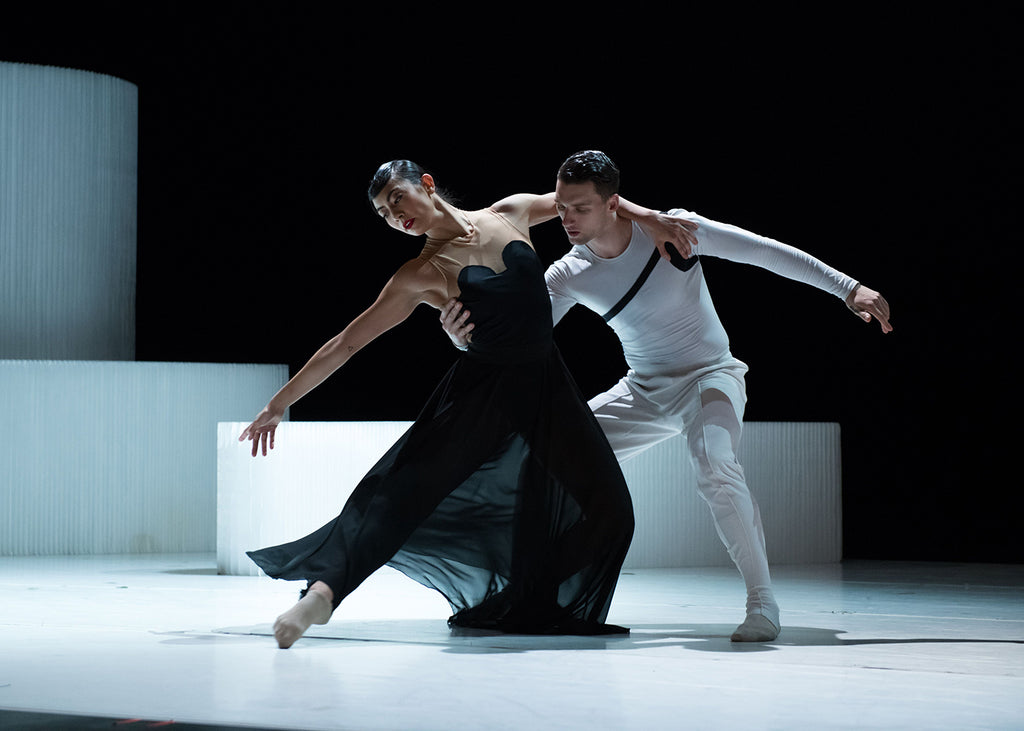Lycra and Lace
What is he looking at? The dancer in a blue biketard bounds around the stage, his curly hair flip-flopping as his head snaps right, left, and center.
Plus
World-class review of ballet and dance.
For Ballet Hispánico’s upcoming season at New York City Center from May 29-June 1, the company will present Gustavo Ramírez Sansano's “Carmen.maquia,” a contemporary take on the timeless story at the heart of George Bizet’s unforgettable opera “Carmen.” The tragic tale of Carmen, a fiery gypsy woman, who captivates both Don José, a soldier, and the bullfighter Escamillo with her independent spirit and allure, revolves around universal themes—love, passion, and jealousy—culminating in violence. Wanting to know about the special blend of ingredients that went into this boldly reimagined Carmen, I sat down with Artistic Director and CEO Eduardo Vilaro for a discussion about the work. The conversation yielded insight into what makes this production so uniquely vibrant and why it is a relevant work for today and for Ballet Hispánico’s core mission to reimagine how Latine culture is celebrated on the global stage.



“Uncommonly intelligent, substantial coverage.”
Your weekly source for world-class dance reviews, interviews, articles, and more.
Already a paid subscriber? Login

What is he looking at? The dancer in a blue biketard bounds around the stage, his curly hair flip-flopping as his head snaps right, left, and center.
PlusTwo performers crawl in on hands and knees wearing neon green, hooded coveralls—the lightweight papery kind made for working in a sterile environment—and clusters of balloons pinned to their backs.
PlusWill Rawls makes boundaries visible by defying them. Known for the disciplinary and topical range of his projects, the choreographer, director, and performer approaches issues of representation in “[siccer],” a multi-part, multi-site work co-presented by L’Alliance New York’s Crossing the Line Festival. A live performance at Performance Space New York accompanies a multimedia installation at the Kitchen, a book published by Wendy’s Subway, and an album published by the artist. With a creative process reaching back to 2018, the work delves explicitly into pandemic-era energies and inertias with focused intimacy and a pervasive sense of instability.
PlusIt is always interesting when multiple theme steps emerge over the course of a mixed repertory evening, but it is uncanny on one featuring five different ballets, each with a different choreographer and composer, covering a twenty-year span (2005-2025).
Plus
comments